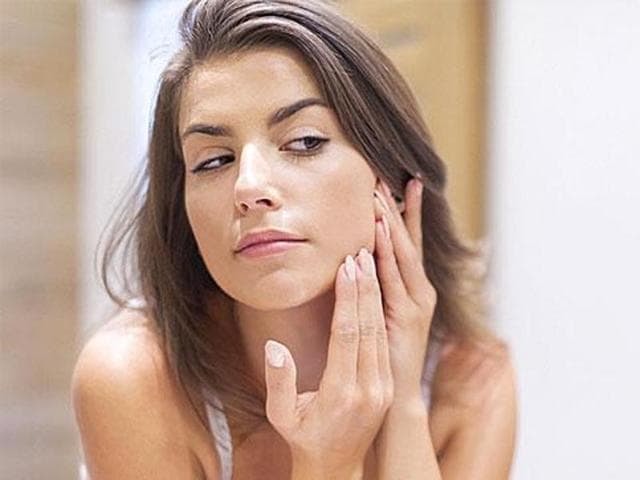Sunset boulevard: Adopt active aging
The average life span in India has increased almost three times since 1901, when it was only 23 years. Today it is estimated to be nearly 70 years. With the increase in years, the number of diseases among the senior citizens has also increased. One cause of poor health in the old age is the sedentary lifestyle. This is especially true for city dwellers.
The average life span in India has increased almost three times since 1901, when it was only 23 years. Today it is estimated to be nearly 70 years. With the increase in years, the number of diseases among the senior citizens has also increased. One cause of poor health in the old age is the sedentary lifestyle. This is especially true for city dwellers.

Specialists attribute premature aging and ill-health in old age to disuse syndrome. People are bound to lose the part of the body that they do not use. In the absence of physical activity, muscles weaken, bones become brittle and vital organs become vulnerable to diseases, thus leading to mental sickness. Sick persons consider sunset years a bane rather than a boon.
Aging is natural. An average person loses about 3 kg of muscle in each decade after young adulthood. The metabolic rate declines by 2% per decade after the age of 20. The ratio of muscle to fat is doubled between the age of 20 and 65. By 65, the ability to use oxygen efficiently decreases by 40%. The blood pressure steadily increases and so does the cholesterol – HDL ratio. The body’s ability to maintain normal temperature is affected; so a person becomes vulnerable to both cold and hot weather. The body’s ability to use glucose in the bloodstream also decreases with age. Old persons lose strength because of the loss of muscles and motor nerves. This loss is significant in large muscles in thighs and in small muscle groups in other parts of the body.
The body’s tendency to double its fat and lose half its muscle mass by the age of 65 creates many problems of metabolism: fat is an energy-storage tissue, while muscle is an energy-spending tissue. Thus, by building muscles, old people can rejuvenate their psychology. Physical activity for them is as important as it is for the young.
Laboratory experiments have demonstrated that even 95+ persons benefit from mild weight-training programmes. Physical fitness makes a person feel young and gives him a sense of well-being. In ancient times, people remained physically active throughout their lives. It was so in our villages till recently.
With rapid urbanisation, physical activity is on the decline. Modern gadgets have reduced physical activity even at our homes. Obesity among city women is common. Our cities lack facilities for physical activity. There are no walkways for pedestrians, no tracks for bicycle riders, no open places for players. There is a talk of smart cities these days. I hope the planners will pay attention towards providing facilities for people of all ages to engage in physical activities.
It is never too late to be physically active. Fauja Singh became a marathon runner in his 90s, Bernard Shave bicycled in his 60s, Leo Tolstoy enjoyed horse riding in his 70s, and some centenarian yoga gurus in India are excellent demonstrators of asanas. Even at home, there are many opportunities to exercise muscles, such as getting out of a chair without using armrests, curtailing use of remote, climbing stairs and watering the plants in the kitchen garden.
I would like to share with the readers the experience of the eminent economist Dr SS Johal. He was confined to a wheelchair due to knee pain. The best medical care could not give him relief. Someone told him that the trouble was not in the knee joint but in the weak thigh muscles. He started a simple exercise to strengthen these muscles. One should stand erect, stretch one’s arms and sit down slowly on one’s feet and then stand up in the same manner. This simple exercise has cured him completely of the debilitating disease.
ajhehar@gmail.com



